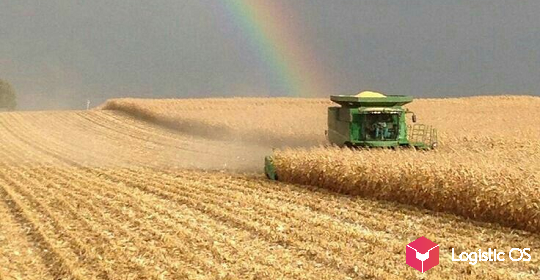As noted in the UN FAO, for the ninth month, world food prices in general have been falling, and this applies to many types of products.
The UN FAO informs: in January, the world food price index amounted to about 131 points.
This is 18% less than in March last year, when there was a very significant increase in prices.
What fell the most?
First of all, it is sugar, milk and vegetable oils. Prices for them fell by an average of 1-3%.
As for sugar, its price is being pulled down by a good sugarcane crop in Thailand, as well as positive prospects for a crop in Brazil.
True, India is worried about the prospects for the future harvest, and this may prevent sugar prices from dropping even lower.
By the way, sugar prices in January showed a fall for the first time, before that they had been growing for several months.
Vegetable oil price index fell by a record 25% over the year. The reason is a decrease in demand for most types of oils, including soybean, rapeseed, palm and sunflower.
Dairy prices also at 12-month low. Many importers expect that prices will be even lower, and therefore are in no hurry to enter into long-term contracts.
As a result, there is an excess supply in the market, which causes prices to go down even more.
Meat demand is lower than supply
This has led to a significant reduction in the cost of both poultry and pork.
This is largely due to the fact that major global importers such as China showed lower demand than expected. As a result, an excess supply of meat formed on the world market, which pulled prices down.
Grain prices may rise
At the moment, grain prices have risen very slightly, by only 0.1%. However, the UN FAO sees cause for concern.
The main reason is that the total grain harvest on the planet last year amounted to about 2.76 billion tons. And this is 1.7% below the level of 2021.
Not only that: this season, according to forecasts, there will be a drop in this indicator. And this is reason enough for grain prices to start rising.
So far, however, wheat is even getting cheaper by 2.5%. Barley is also getting cheaper. But rice has grown significantly: +6% in January alone.
Analysts explain this by the fact that high demand in Asian countries was superimposed on a decrease in supply.
For example, Russia this year showed the minimum rice harvest in recent years. In addition, an upward trend is observed in corn prices.

